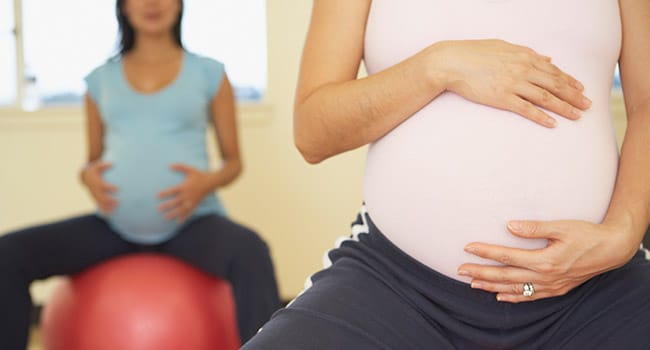You’re pregnant. Congratulations! If this is your first pregnancy, this is the start to a huge round of questions, like: what can I eat, what should I avoid, should I be working-out and if so, what pregnancy workouts are safe?
Pregnancy Workouts – A Definitive Guide
Although it’s true that you shouldn’t suddenly start an intense fitness regimen while pregnant, you can continue to do many of the same workouts that you were doing before pregnancy. It’s also perfectly possible to ease into exercise while pregnant, even if you didn’t work-out before your pregnancy.
Contents
Pregnancy Fitness: Things To Do While Pregnant
There are many types of exercise that you can do while pregnant, and it all depends on what you enjoy. You don’t need to belong to a gym or own special equipment to be active either!
Here are several safe pregnancy fitness ideas that you can include in your routine.
-
Walking
 Exercising while pregnant doesn’t have to be complicated! Just going for a walk is an ideal form of prenatal exercise. Half an hour of walking per day is a great way to elevate your heart rate without the need for any additional equipment.
Exercising while pregnant doesn’t have to be complicated! Just going for a walk is an ideal form of prenatal exercise. Half an hour of walking per day is a great way to elevate your heart rate without the need for any additional equipment.
Walking is also ideal for pregnant women because it doesn’t strain your joints and muscles.
If you’re new to exercise, walking is a great activity to start with.
-
Yoga, Pilates & Barre
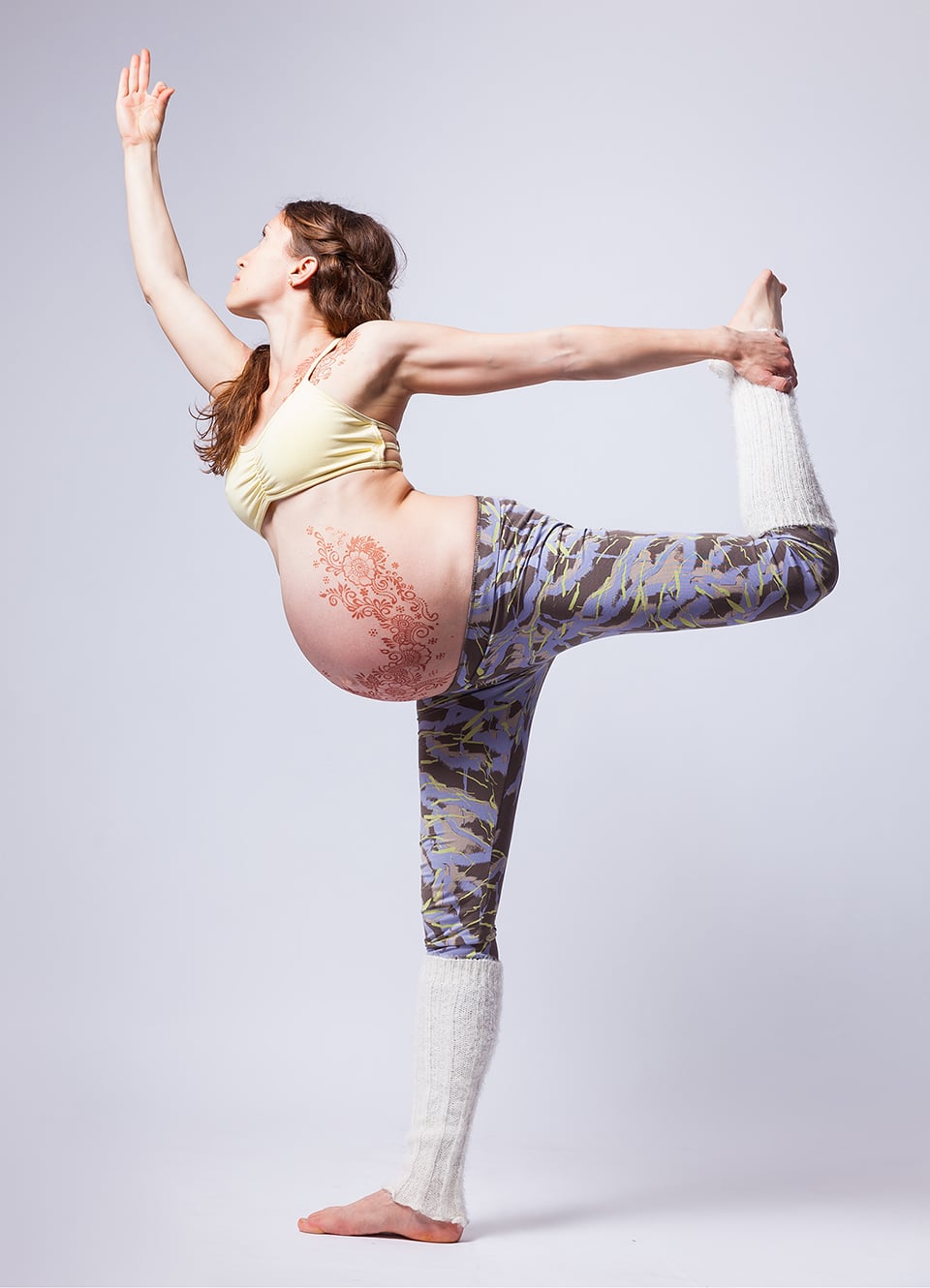
These are great options for pregnancy workouts because it is not strenuous. It’s also great:
- For strengthening your muscles;
- For increasing your flexibility;
- It helps maintain healthy blood pressure;
- It stimulates blood circulation; and
- It enhances relaxation.
Before you start a class, do tell your instructor that you’re pregnant. He/she can help you modify certain exercises or avoid poses that may be unsafe for you, like lying on your belly or flat on your back (after the first trimester).
If you are lucky enough to live in a community that offers prenatal yoga and Pilates classes, sign up for those.
-
Swimming
 Swimming is an excellent prenatal exercise to get your heart rate up. It’s easy on your joints and muscles too.
Swimming is an excellent prenatal exercise to get your heart rate up. It’s easy on your joints and muscles too.
If you are experiencing low back pain during your pregnancy, swimming is an excellent option.
As your pregnancy progresses, swimming is great because you get to feel light and weightless in the water. You’ll be able to relax and take a load off, while also getting a great cardio workout.
Safety in the pool should always be a priority. Here are a few helpful tips to follow while you’re pregnant:
- To avoid accidentally slipping, use the railing for balance when entering the pool;
- Don’t dive or jump;
- Minimize the risk of overheating by avoiding warm pools, steam rooms, hot tubs, and saunas.
-
Stationary Bike, Elliptical Machine, Etc.
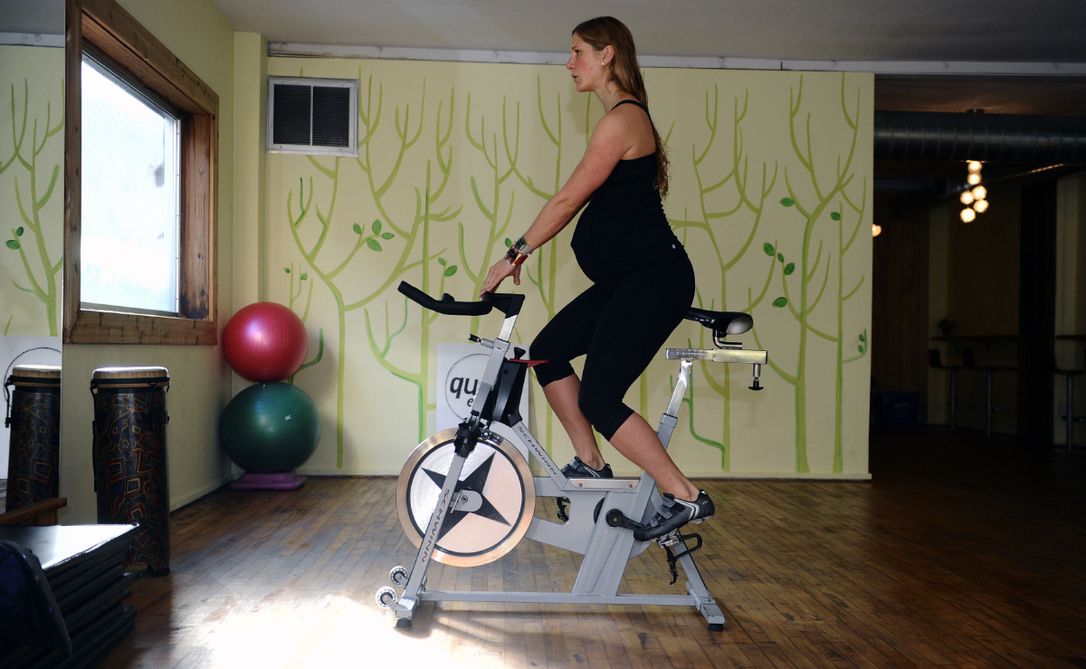
Stationary bikes, elliptical machines, and similar equipment are good options for a pregnancy gym workout. This is a great way to get your heart rate up while minimizing stress on the joints and pelvis. You’re also less likely to fall off a stationary bike.
-
Low Impact Aerobics
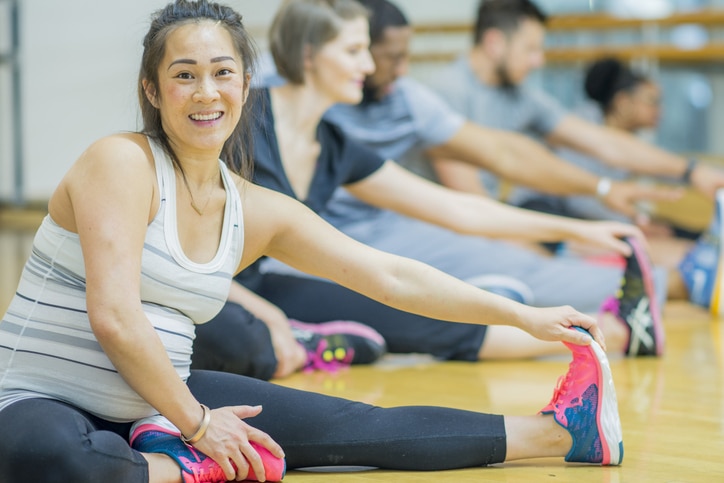 Low-impact aerobics is a good option for pregnancy workouts because you are able to stay fit, yet you don’t put as much strain on your body. Also, with low-impact aerobics, you always have one foot on the ground or equipment.
Low-impact aerobics is a good option for pregnancy workouts because you are able to stay fit, yet you don’t put as much strain on your body. Also, with low-impact aerobics, you always have one foot on the ground or equipment.
If you are taking a pregnancy exercise class, tell your instructor that you’re pregnant. He/she can help you modify your pregnancy workout if needed.
If taking a prenatal exercise class outside your home is not an option, there are also tons of great DVDs to choose from.
-
Strength Training
 There are so many benefits of weight training while pregnant.
There are so many benefits of weight training while pregnant.
- Weight training helps you build stamina, which comes in handy during labor and delivery;
- Weight training while pregnant helps to strengthen your abdominal and back muscles. This can help prevent the lower back pain that’s common during pregnancy.
- Strength training throughout your pregnancy can help you keep your weight gain within a healthy range.
- Weight training while pregnant can help you build muscle and make your bones strong.
It’s safe to work out with weights as long as they’re not too heavy. If you are at all unsure, ask your doctor how much you can lift.
If you belong to a gym, resistance-training machines are good options. If your pregnancy workouts are at home, free weights, resistance bands, and exercises that use your body weight are excellent options for at-home weight training.
-
Running
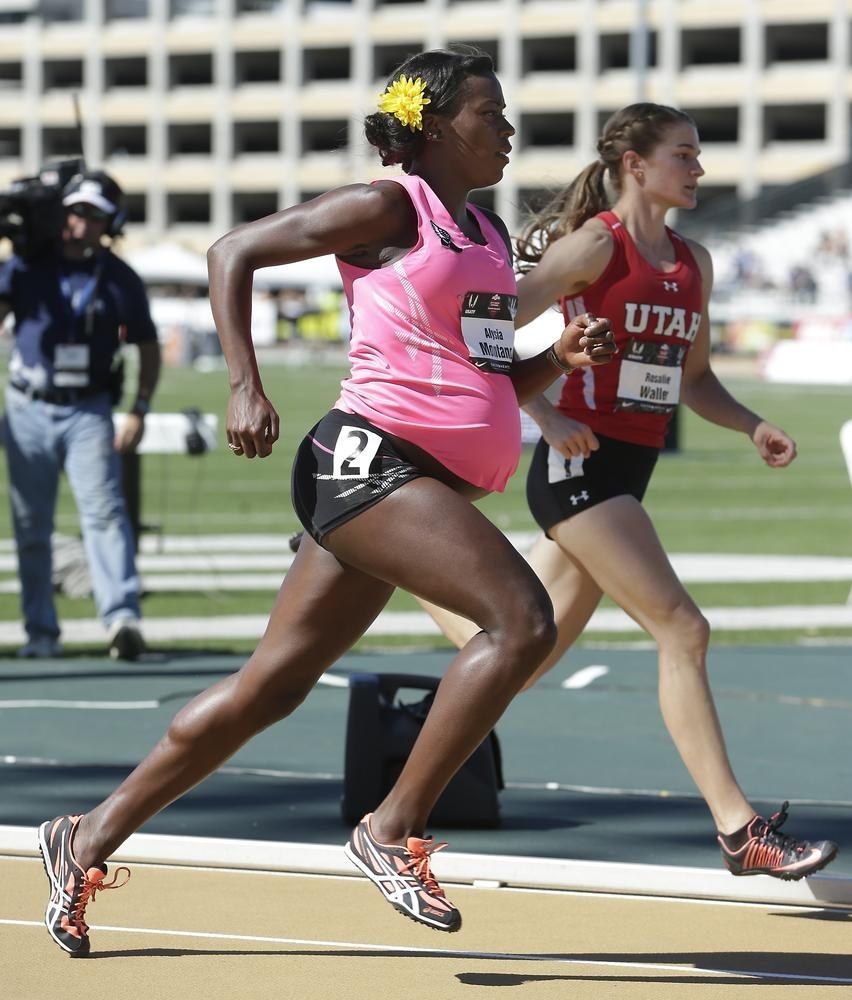 While a lot of people question the safety of running while pregnant, according to Healthline, it is generally safe to run while pregnant. Healthline says that “running won’t cause a miscarriage or harm your baby. So if you were a runner pre-pregnancy, continuing your routine is totally fine. That said, you may have to take some precautions…”
While a lot of people question the safety of running while pregnant, according to Healthline, it is generally safe to run while pregnant. Healthline says that “running won’t cause a miscarriage or harm your baby. So if you were a runner pre-pregnancy, continuing your routine is totally fine. That said, you may have to take some precautions…”
Running is a good early pregnancy workout.
-
Other Easy Pregnancy Workouts
As you are getting closer to your due date, there are certain exercises that you can do to prepare you for your labor and delivery:
Squatting
Squatting may help open the pelvis during labor.
To do a proper pregnancy squat:
- Stand with the feet shoulder-width apart and flat on the floor.
- Keep your back straight.
- Lower the buttocks down slowly, keeping the feet flat and the knees no further forward than the feet.
- Hold for 10 to 30 seconds at the lowest point, then slowly push up.
Pelvic Tilts
Pelvic tilts can strengthen your abdominal muscles and help reduce back pain.
To do your pelvic tilts properly:
- Start on the hands and knees.
- Tilt your hips forward and pull your abdomen in, rounding the back.
- Hold for a few seconds, release, and let your back drop.
- Repeat up to 10 times.
Is It Safe To Exercise While Pregnant?
A lot of women worry that exercise may harm their babies. However, according to March Of Dimes, exercise does not increase your risk of having a miscarriage, a premature baby, or a baby born with low birth weight.
Before you start any kind of exercise plan, have a discussion with your doctor. He or she may give you specific advice about how much to exercise and what’s safe. In certain circumstances, your doctor may advise against exercise if you have a condition such as preeclampsia or severe anemia.
Generally, you can continue the same amount of physical exercise you were doing before becoming pregnant, although you’re likely to become slower, and the type of exercise may change. For example, if you were a runner before pregnancy, there’s no reason to stop. (Some women even continue running in their third trimester,) and you can continue going to your favorite Zumba or spin class, too.
However, even if you exercised regularly before pregnancy, you don’t want to overdo it. A good rule of thumb is not to become so out of breath that you can’t carry a conversation.
If you didn’t do any exercise before your pregnancy, you can absolutely into pregnancy fitness! The important thing is not to take on too much and overexert yourself. You can start slow and build up your endurance. Engaging in 15 minutes of physical activity, three times a week, is a great starting point for women who were not active before pregnancy. Gradually build up to 30 minutes of daily exercise (or more).
Most importantly — listen to your body. If you feel great, there’s no reason why you can’t exercise for an hour. However, if you’re struggling with morning sickness during the first trimester, or are finding it uncomfortable to exercise during your third trimester, just 20 minutes a few times a week is enough.
Pregnancy Workouts – Helpful Tips To Stay Safe & Healthy

- Staying hydrated – While staying hydrated is important for everyone, it is especially important for pregnant women. During your first trimester, proper hydration can also help ward off morning sickness.
- Warm-up – It’s important to warm up and cool down gradually every time you exercise.
- Inform the instructor – When you attend an exercise class, let the instructor know that you’re pregnant and how many weeks along you are. He/she can adjust certain activities to accommodate you.
- Fuel up – Make sure that you have a high-protein snack 30 minutes before you exercise.
- Support your belly – If your lower back is sore or your round ligaments feel painful, try wearing a belly support band while you are exercising.
- Be social – Asking a friend to be your exercise buddy can help you stay motivated in every trimester.
Pregnancy Fitness: Things Not To Do While Pregnant
There are certain activities that carry significant risks for pregnant women. As you get into your third trimester (or earlier), some exercise activities may no longer be possible. Listen to your body and don’t do anything that feels dangerous or uncomfortable.
Here are a few helpful tips to adhere to during your pregnancy workouts:
- Any activity in which you are likely to fall is not advisable, such as downhill skiing, surfing, cycling, horse riding, gymnastics, or contact sports.
- Scuba diving and high-altitude activities are off-limits for pregnant women.
- Avoid hot yoga, hot pilates, saunas, hot tubs, etc. With activities like these, you run the risk of overheating.
- After your first trimester, you shouldn’t be lying on your back for more than a few minutes at a time.
- Never exercise to the point of exhaustion or breathlessness. Slow down, rest, or stop if you feel exhausted.
- If you experience any adverse symptoms when exercising, including shortness of breath, chest pain, vaginal bleeding or leaking, feeling faint, muscle weakness, or contractions, you should stop and seek advice from your doctor.
- Adjust your routine if you notice signs of overtraining. Exercising to the point that your body is too fatigued to fully repair itself between workouts can make you more vulnerable to injury and illness.
- If you develop any muscle or joint pain that doesn’t go away within 24 hours, take a break. You can continue after a few days at a slower pace and for a shorter period of time.
The Benefits Of Exercising While Pregnant

How Exercise During Pregnancy Benefits You
- Increases your heart rate steadily;
- Improves blood circulation;
- Strengthens your muscles and joints;
- Improves your overall endurance;
- Helps prevent constipation and varicose veins;
- Can reduce the risk of obesity and related complications such as gestational diabetes and hypertension;
- Can prepare your muscles for labor and birth;
- Can avoid excessive weight gain;
- Can help to ease swelling and backache;
- Can shorten your labor and decrease the need for medication and pain relief;

- Helps to keep your body flexible and strong;
- A strong upper body will ensure that you’re able to carry your baby for long periods of time without getting too tired.
- Promotes good mental health and wellbeing, which is more important than ever during pregnancy.
- Can improve your mood;
- Gives you more energy;
- Helps to prevent deep vein thrombosis;
- May improve sleep;
- May reduce the risk of preterm or cesarean delivery;
- May speed up recovery after labor and delivery;
How Exercise During Pregnancy Benefits Your Baby
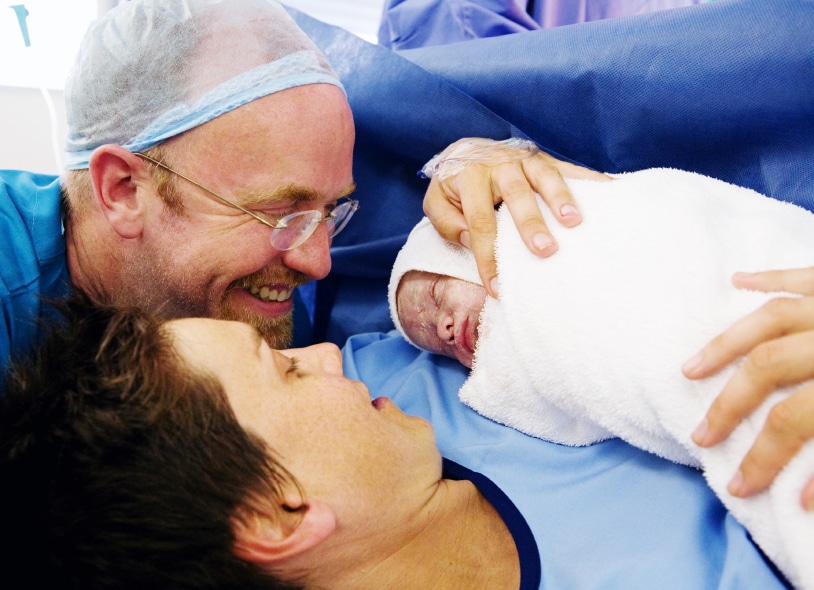
Staying fit during pregnancy can also give your baby a healthier start. Research suggests that mothers who exercise during their pregnancy may have:
- Babies with lower fetal heart rate;
- Babies with healthier birth weights;
- Babies with improved stress tolerance;
- Babies with enhanced nervous system development.
Note From The Author
You’re pregnant. You’ve got a lot to think about! You’re probably wondering when and how you should announce your pregnancy, what baby name to choose, how will you decorate the nursery, should you breastfeed or formula feed… The list is never-ending.
If you have always worked out, there may be no question that you will continue to do so during your pregnancy. However, if exercise has not always been part of your life, you may wonder how you’ll be able to fit it in, and if you should in the first place.
As a mom who exercised through her pregnancies, I strongly encourage you to do so. All I did was walk!
Being fit, (or relatively fit) makes labor and delivery easier for most of us. All their births were natural. With my first baby, I had an epidural because that’s what they said I should do. However, with the other 4, (even the twins), I had no epidurals, labor was quick and easy, and my recovery was always quick. I attribute that to being fit and flexible.
I know that exercise can be a hassle. Few of us deny that, but there are so many benefits to it! Also, by being physically fit, you create an empowering mindset. With the right mindset, you can make empowering decisions for yourself and your baby.
